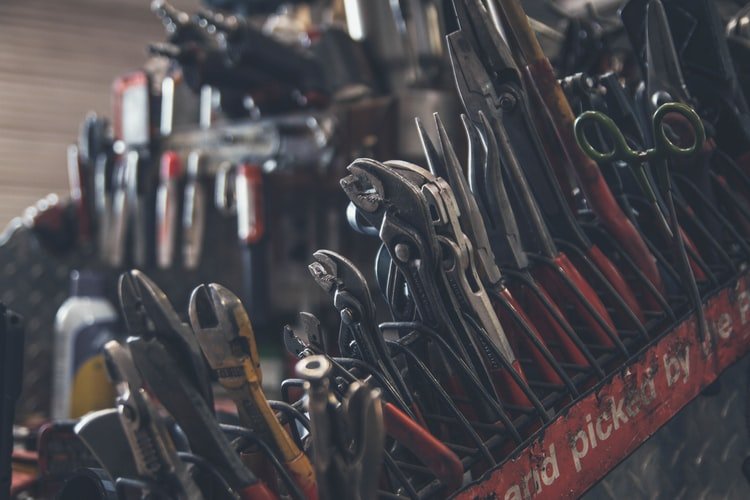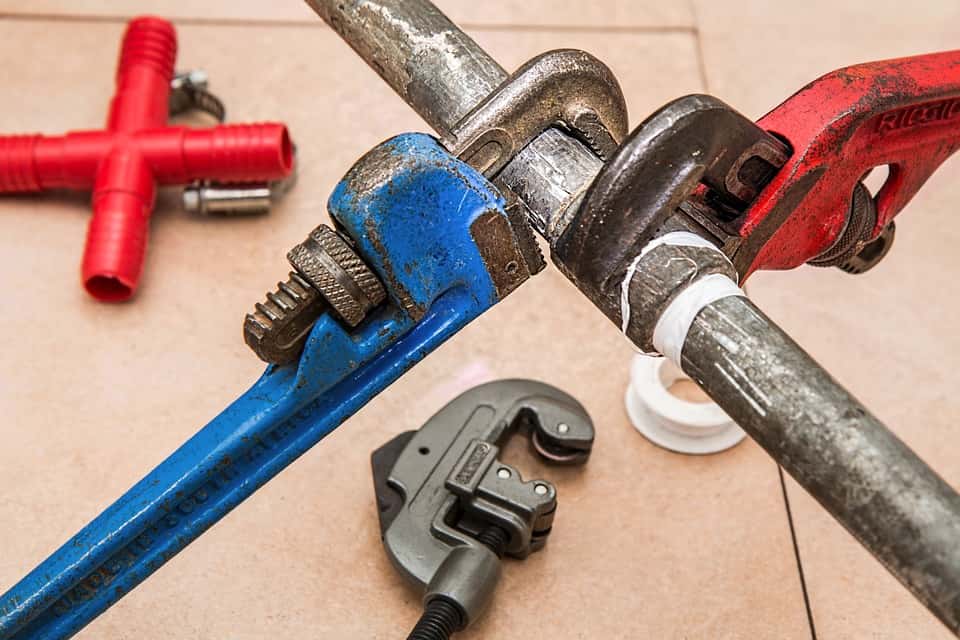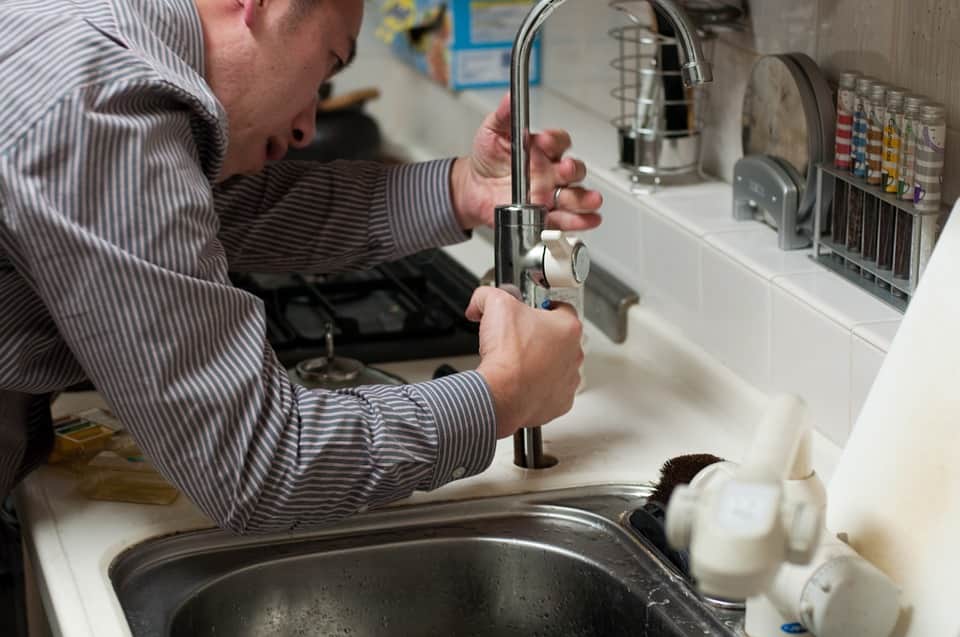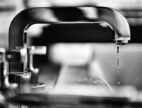The Process of Restoring Water Damage in Homes
by Abdul Aziz Mondal Real Estate 17 June 2021
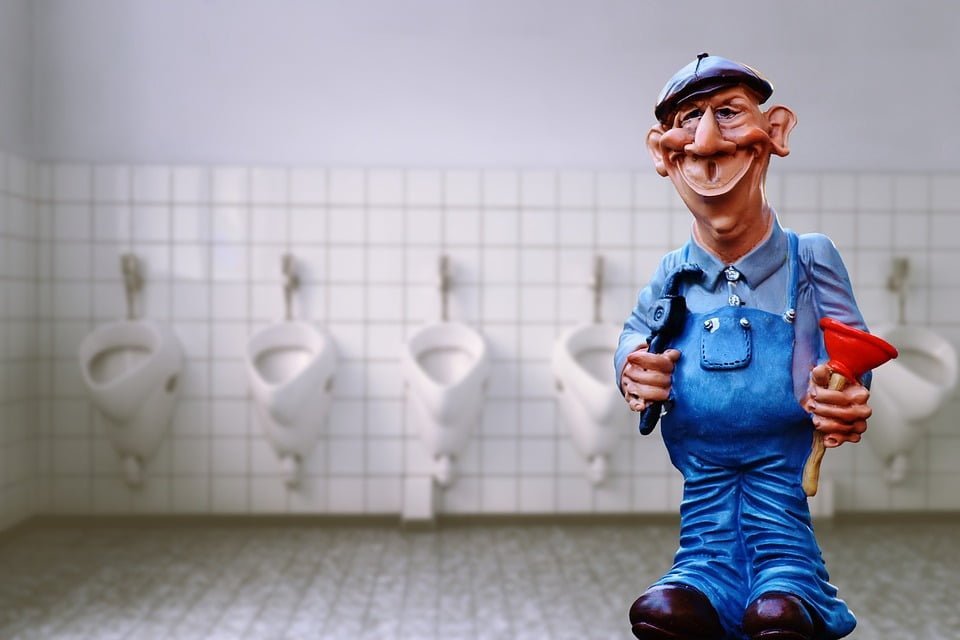
Water damages are time-sensitive where a delay for even a few hours can significantly worsen the damage sustained by the house. Once the Austin water damage restoration services are called, most of them follow a similar restoration process of removing and cleaning up the water and then look for the best method to quickly dry up the place and its constituents. Here is an overview of the common steps of the restoring process.
Emergency Contact
The first step has to be taken by the homeowner, to call the restoration services as soon as they see water damage. To prevent the severity of the damage from escalating, homeowners must provide accurate information about it.
The expert will ask you several questions such as the home address, insurance information, approximate time of sustained damage, cause of damage, and so on. Homeowners must keep calm and answer all the questions as best as they can. This will help the restoration experts determine the best approach to deal with the damage.
Assessment and Inspection of the Damage
Austin water damage restoration experts will then assess the extent of the damage and identify and stop the water source if any. To properly get rid of all the water, the experts will identify which category the accumulated water falls into.
Category 1 includes Sanitary Liquids that mainly come from faucets and tanks. Category 2 comprises Grey Water that comes from toilet overflows, washing machines, dishwashers, and so on. Category 3 is Black water that can cause severe illness and even death if ingested. Toilet overflow with feces, river or stream water flooding and sewage flooding mainly makes up this category.
Restoration workers will move and block furniture and valuable items from the site of water damage.
Extraction and Removal of Water
With truck-mounted vacuums and powerful pumps, the water extraction process will start next. This process is crucial to prevent the growth of mold in the corners of the house. Once mold starts growing, it can be quite hard to get rid of it as spores start spreading quickly throughout the house. Moreover, it helps drastically reduce the drying time and prevents secondary water damage.
Dehumidification and Drying
The next step is to dry the floors and walls of the house. Industrial air movers and dehumidifiers will be used depending on the four classes of water loss, slow, fast, and the fastest rate of evaporation and specialty drying situations.
Cleaning and Sanitization
The last process is to restore the contents of the house and remove odor from the house. Sanitizing treatments are also common at this stage.
Conclusion
If one lives in a disaster-prone area or even if they are concerned enough to quickly deal with water damage if they ever encounter it, contact details of their local water damage restoration services must be kept handy. These steps are the common procedure that most companies follow when it comes to water damage, no matter what its extent is.
Read Also:






























































































